The Karangkamulyan ruins in Ciamis, West Java province, contain a treasure trove of history about the Galuh Kingdom, an ancient kingdom that played an important role in the history of the province.
It also contains stories of extraordinary things such as supernatural powers and strength of the ancient Galuh people around the 7th to 10th centuries.
Karangkamulyan is also the cradle of Sundanese culture, the second largest indigenous culture on Java Island, after Javanese culture. Sundanese people are distinguished not only by their own language and customs, but also by their philosophy of living in harmony with nature, their refined arts and ancient spiritual values that have been passed down to this day.
The site is identified as the former center of the ancient Galuh Kingdom, located about 17 kilometers east of Ciamis city. The Galuh Kingdom spread across the present-day East-West Java region, which was the cultural core of the Sundanese people.
The nature here is well preserved, primeval forest and diverse flora and fauna. Hundreds of years old trees with trunk diameters of 1-1.5m covered with moss.
The monkeys are accustomed to human presence. Visitors are advised not to feed the monkeys to protect their natural foraging habits.
In an area of about 25 hectares, Indonesian archaeologists have found many artifacts, mostly stone, of historical value, revealing information about the Galuh Kingdom.
These stones are scattered in various shapes, inside a structure made up of stacked stones, like ancient traces of doors and rooms.
The results of many archaeological excavations have discovered many rocks, statues and ancient religious objects such as stone altars, reliefs with images of Hindu gods such as Shiva and Vishnu. This shows the strong influence of Hinduism in the ancient Galuh kingdom.
Nestled in the middle of a primeval forest, where the tall canopy of ancient trees covers the sunlight, creating a cool, mysterious space. The small, winding gravel road follows the natural terrain leading to the center of the relic site.
On both sides of the road are trees hundreds of years old, trunks covered with green moss, rough bark bearing traces of time. Scattered throughout this area are large, strangely shaped rocks, which are archaeological remains from the ancient Galuh Kingdom.
At the Pamangkonan site in the Karangkamulyan Relics, there are low stone pillars carved with ancient Hindu motifs as a ritual to welcome visitors into the sacred space.
The scent of damp earth, rotting wood and grass blend together, evoking a sense of an ancient era where gods, ancestors and humans coexisted in the beliefs of the Sundanese people.
Ciamis cultural heritage expert Budimansyah said the site was believed to be a sacred place to honor gods and ancestors. This is where Galuh royalty and local people held ceremonies to honor gods, ancestors and Hindu deities.
The site is a bridge between archaeological history and oral folklore as a form of "living culture". Excavations show that there was life here as early as the 9th century, when Ming Dynasty pottery was discovered.
In this area there is a water source called Cikahuripan, which means water of life. This water can be drunk directly and is always cold. Cikahuripan never dries up and is said to have been the source of life for the community since ancient times.
In ancient times, soldiers would bathe in this spring before going on missions to gain strength. Today, many still believe that bathing in Cikahuripan can help rejuvenate and lift spirits.
West Java Governor Ridwan Kamil brought water and soil from the site to Indonesia's new capital Nusantara (IKN) to represent Ciamis at IKN as an important symbol of significance.
According to Mr. Endang Haris, head of the Ciamis Regional Tourism Promotion Agency, with its valuable historical values, the Karangkamulyan relic has been recognized by the Indonesian Government as a national cultural heritage.
This has contributed to promoting tourism development in the region, especially among young people, with the desire to learn about the country's history.
Karangkamulyan relic is also considered to have a strategic location as it is adjacent to the confluence of two rivers: the Cimuntur River with clear blue water and the Citanduy River with pink silt, creating a beautiful landscape.
The Indonesian government, through the Ministry of Culture and the Regional Cultural Conservation Center, has strictly implemented the protection of the heritage area, while supporting the development of experiential tourism activities, educational tours for students, and cooperating with schools, museums, and local communities to disseminate knowledge and historical values of Galuh as well as Sunda culture.
With a system of relics located between primeval forests and the surrounding Citanduy River and a cool climate, Karangkamulyan is being developed in the direction of cultural - archaeological tourism, spiritual - festival tourism and school tourism.
This is also a heritage tourism center - experiencing culture, contributing to local economic development and raising awareness of preserving historical values.
The local cultural sector also regularly organizes performances simulating royal rituals and introducing Sunda culture at this relic./.
Source: https://www.vietnamplus.vn/karangkamulyan-noi-qua-khu-tro-thanh-tai-nguyen-phat-trien-ben-vung-o-indonesia-post1053680.vnp


![[Photo] Award Ceremony of the Political Contest on Protecting the Party's Ideological Foundation](https://vphoto.vietnam.vn/thumb/1200x675/vietnam/resource/IMAGE/2025/10/22/1761151665557_giaia-jpg.webp)
![[Photo] Comrade Nguyen Duy Ngoc visited and worked at SITRA Innovation Fund and ICEYE Space Technology Company](https://vphoto.vietnam.vn/thumb/1200x675/vietnam/resource/IMAGE/2025/10/23/1761174470916_dcngoc1-jpg.webp)
![[Photo] Da Nang: Shock forces protect people's lives and property from natural disasters](https://vphoto.vietnam.vn/thumb/1200x675/vietnam/resource/IMAGE/2025/10/22/1761145662726_ndo_tr_z7144555003331-7912dd3d47479764c3df11043a705f22-3095-jpg.webp)
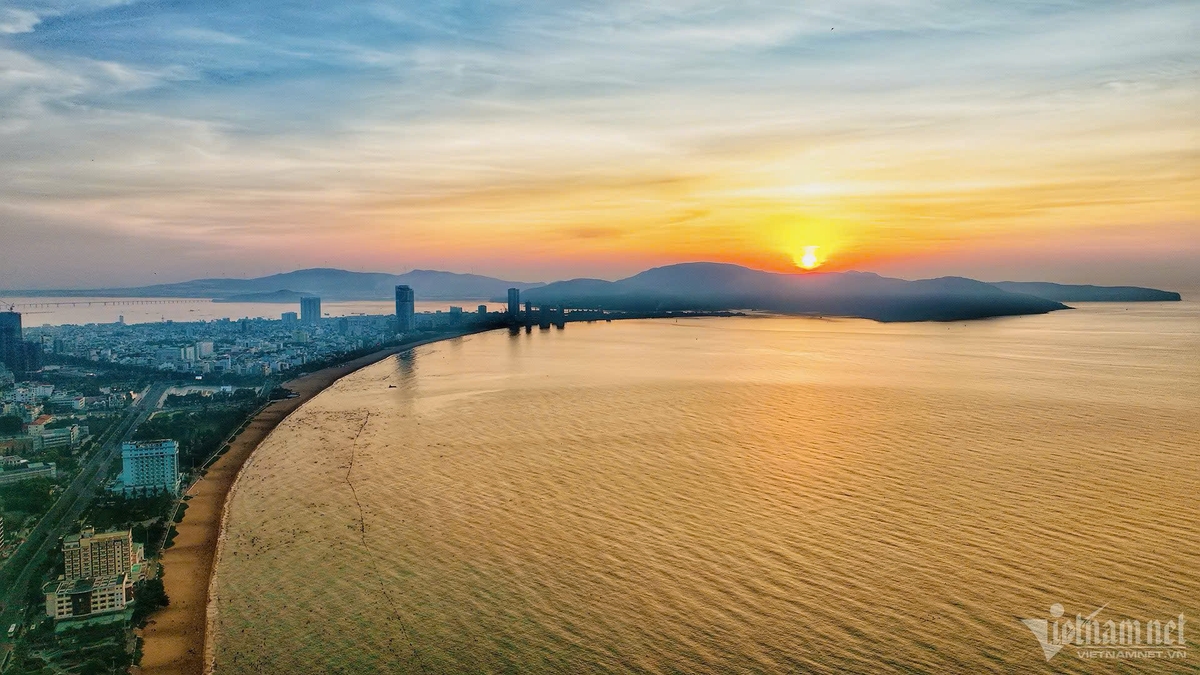
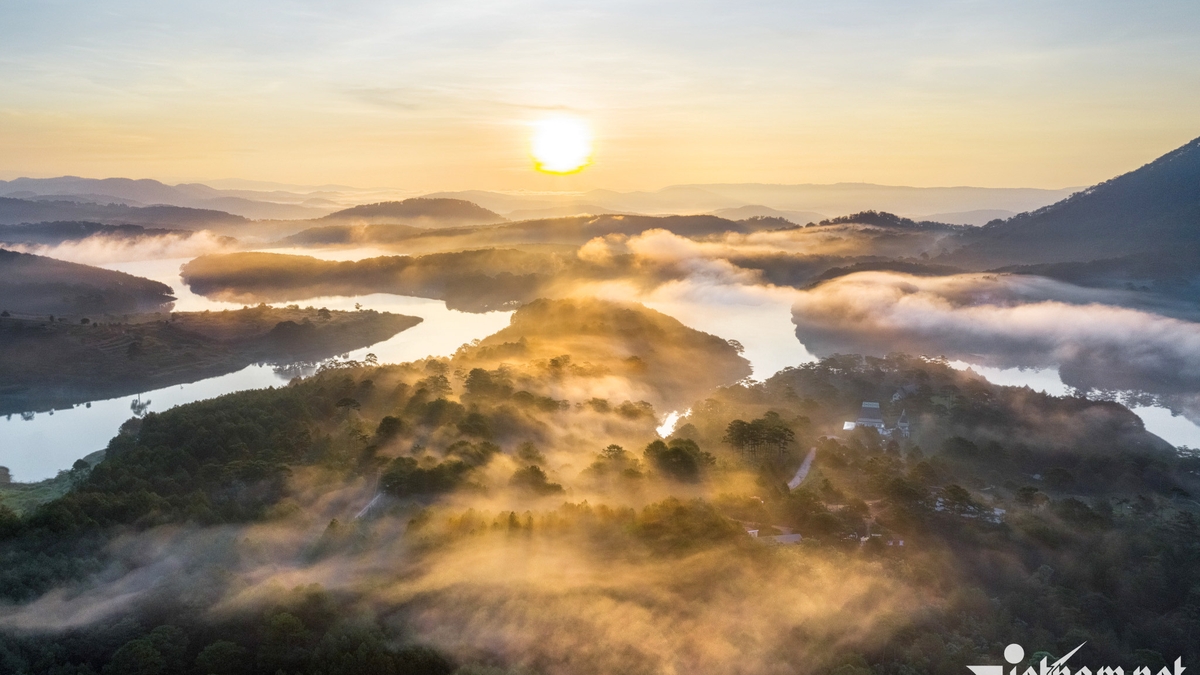
![[Photo] General Secretary To Lam and his wife begin their official visit to Bulgaria](https://vphoto.vietnam.vn/thumb/1200x675/vietnam/resource/IMAGE/2025/10/23/1761174468226_tbtpn5-jpg.webp)







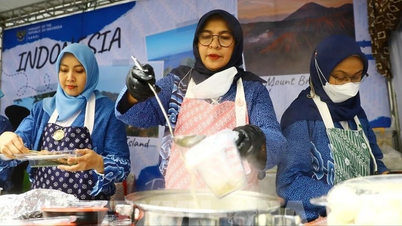

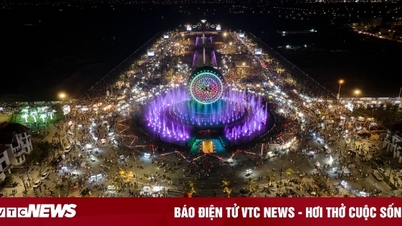

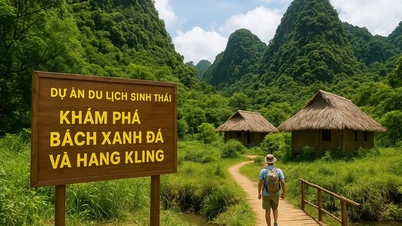

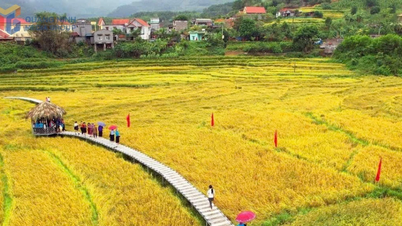

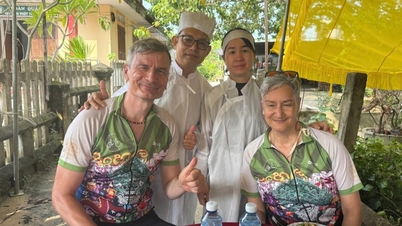







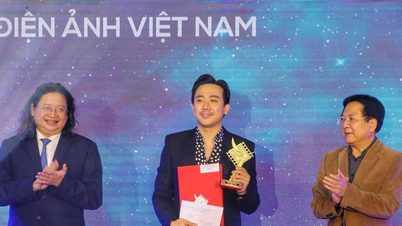

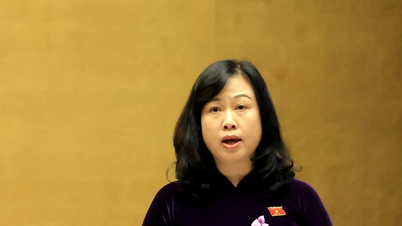
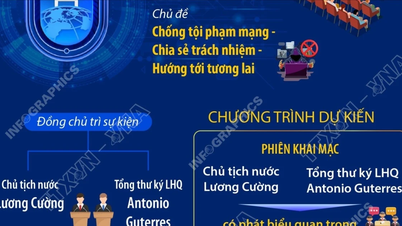











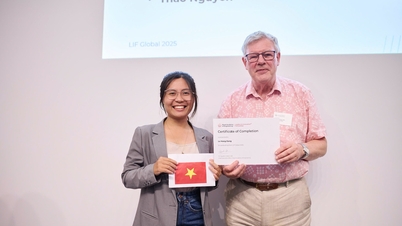





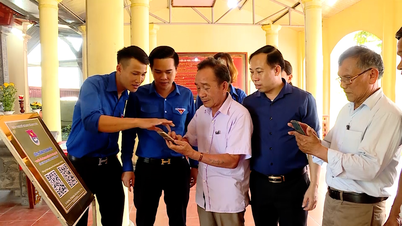







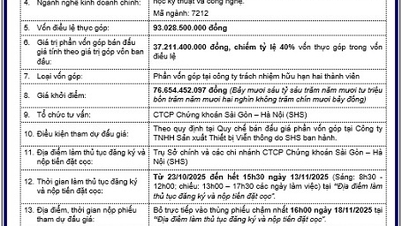
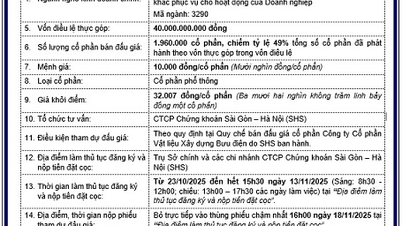








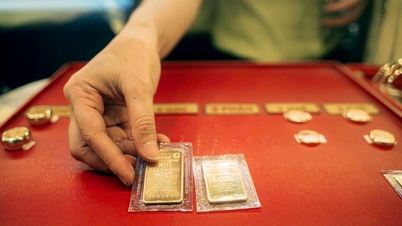

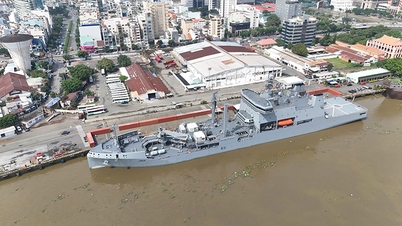

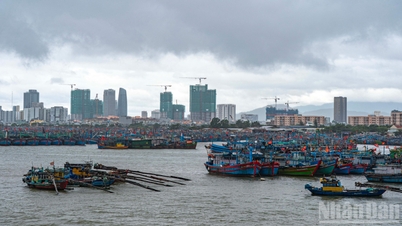






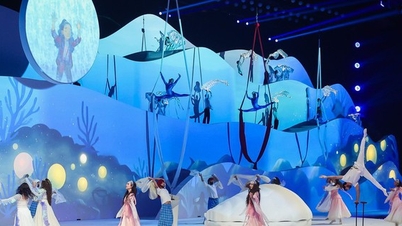

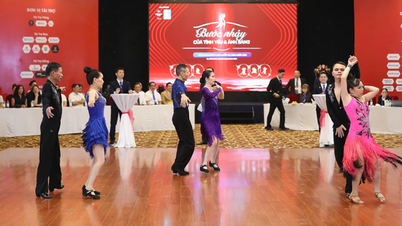
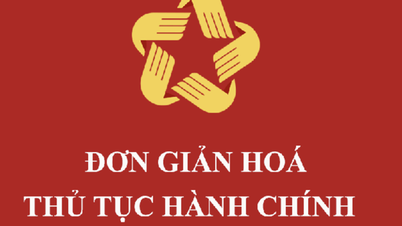
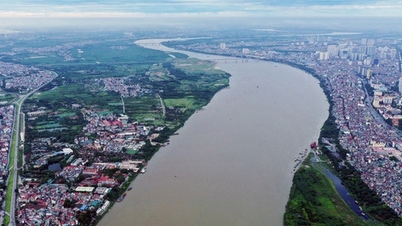
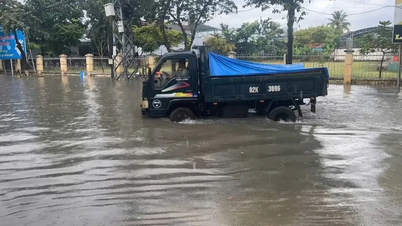

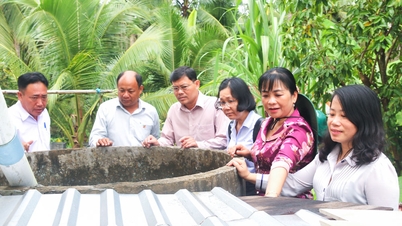

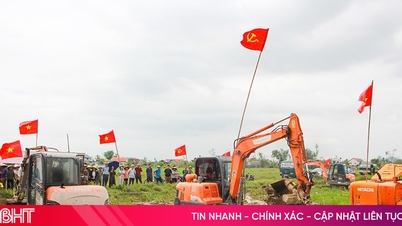



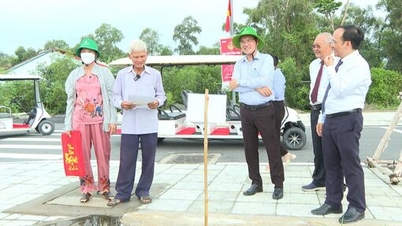

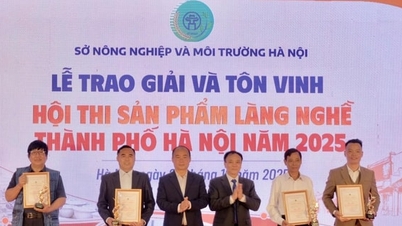








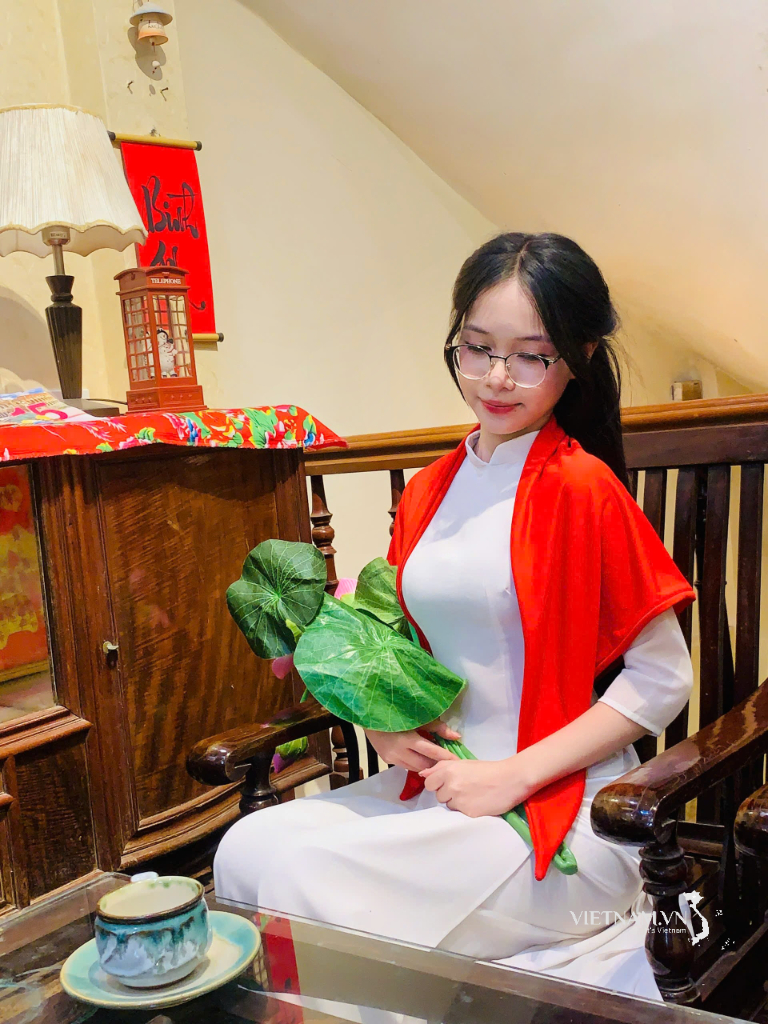



Comment (0)